The American Association of Orthodontists recommends that children receive an orthodontic screening by seven years of age. Though a visit to your orthodontist may seem unnecessary at such a young age, especially if the child’s teeth look straight, there may be underlying problems that only an orthodontist can detect. By the age of 7, the first adult molars erupt, establishing the back bite and the front four adult teeth are erupting or will be erupting shortly. During this time, an orthodontist can evaluate front-to-back and side-to-side tooth relationships and detect problems such as crowding, crossbites, deep bites, open bites, protruding teeth, facial asymmetries and habits that may cause harm to the way teeth come together. Timely screening increases the chances for a sensational smile later in life.
Reach Dr NRK @ (044)2436 2121 | 2435 9121
Orthodontics
Advantage Of Treatment
For patients who have clear indications for early intervention, early treatment, referred to as Phase 1 treatment, presents the opportunity to:
1.Influence jaw growth in a positive manner.
2.Harmonize width of the dental arches.
3.Improve eruption patterns.
4.Lower risk of trauma to protruded upper incisors.
5.Correct harmful oral habits.
6.Improve aesthetics and self-esteem.
7.Simplify and/or shorten treatment time for later corrective orthodontics.
8.Reduce likelihood of impacted permanent teeth.
9.Improve some speech problems.
10.Preserve or gain space for erupting permanent teeth.
Early Treatment is not indicated for everyone. Only certain bites would benefit from early intervention. In most instances, it is best to wait until all the baby teeth are nearly gone before starting orthodontics.
Dr. NRK does a through diagnosis and considers the problems of each patient individually, in order to determine the optimal time to begin treatment. It may be but is not always necessary to have “Phase II” treatment after undergoing Phase I. Although in some cases Phase I treatment makes it so that all the permanent teeth will erupt perfectly, additional treatment can usually be expected.
Once all the permanent teeth are in, the next round of treatment (usually called Phase II orthodontics) would serve to perfect the positions of the adult teeth for optimal comfort, function, esthetics, and long-term stability.
Visit the Smile Gallery for entire range of Services offered at NRK Orthodontics.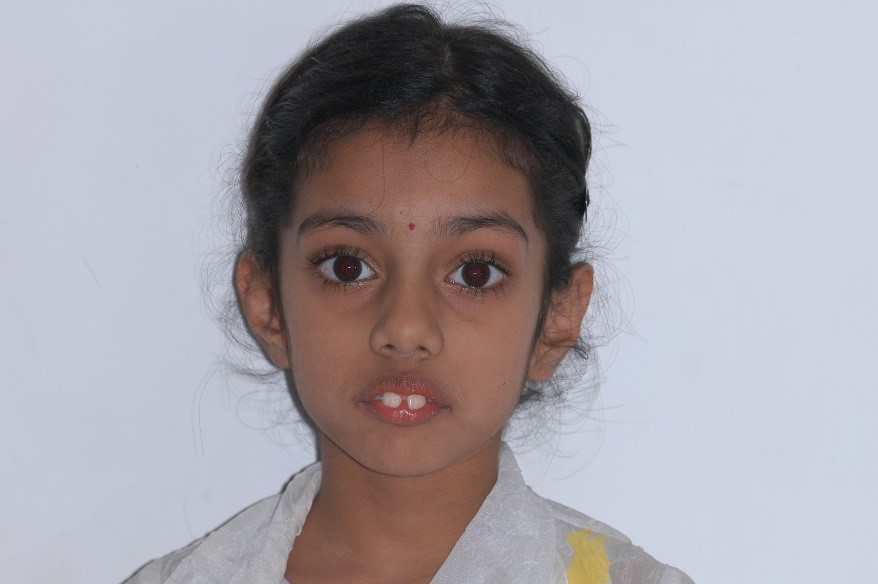

1.Influence jaw growth in a positive manner.
2.Harmonize width of the dental arches.
3.Improve eruption patterns.
4.Lower risk of trauma to protruded upper incisors.
5.Correct harmful oral habits.
6.Improve aesthetics and self-esteem.
7.Simplify and/or shorten treatment time for later corrective orthodontics.
8.Reduce likelihood of impacted permanent teeth.
9.Improve some speech problems.
10.Preserve or gain space for erupting permanent teeth.
Early Treatment is not indicated for everyone. Only certain bites would benefit from early intervention. In most instances, it is best to wait until all the baby teeth are nearly gone before starting orthodontics.
Dr. NRK does a through diagnosis and considers the problems of each patient individually, in order to determine the optimal time to begin treatment. It may be but is not always necessary to have “Phase II” treatment after undergoing Phase I. Although in some cases Phase I treatment makes it so that all the permanent teeth will erupt perfectly, additional treatment can usually be expected.
Once all the permanent teeth are in, the next round of treatment (usually called Phase II orthodontics) would serve to perfect the positions of the adult teeth for optimal comfort, function, esthetics, and long-term stability.
Visit the Smile Gallery for entire range of Services offered at NRK Orthodontics.


Advantages of Two phase Treatment
Two-phase orthodontic treatment is a specialized process combining tooth straightening and physical, facial changes. The purpose of two-phase treatment is to maximize the opportunity to accomplish the ideal healthy, functional, esthetic result that will remain stable throughout your life.
What if I Put off the treatment?
Putting off treatment can result in a need for more invasive treatment later in life that may not completely fix your smile. Early treatment is most effective for achieving lasting results.
Phase I : Your foundation for a lifetime beautiful smiles
The goal of phase one treatment is to help the jaw develop in a way that will accommodate all of the permanent teeth and to improve the way the upper and lower jaws fit together. Children often exhibit early signs of jaw problems as they grow and develop. An upper jaw is growing too much or is too narrow can be recognized at an early age.
If children, over the age of six, are found to have this jaw discrepancy, they are candidates for early orthodontic treatment. Also, if children around the age of 8 have crowded front teeth, early treatment can avoid the need to extract permanent teeth later.
Planning now can save your smile later
Children benefit tremendously from early phase treatment. Receiving early treatment may prevent the removal of permanent teeth later in life, or the need for surgical procedures to realign the jaws.
Making records to determine your unique treatment
Orthodontic records will be necessary to determine the type of appliances to be used, the duration of treatment time, and the frequency of visits. Records consist of models of the teeth, X-rays, and photographs. During your child's initial consultation, your doctor will take records to determine if early treatment is necessary.
Resting Period
In this phase, the remaining permanent teeth are left alone as they erupt. Retaining devices may not be recommended if they would interfere with eruption. It is best to allow the existing permanent teeth some freedom of movement. A successful first phase will have created room for permanent teeth to find an eruption path; otherwise, they may become impacted or severely displaced.
Monitoring your teeth's progress
At the end of the first phase of treatment, teeth are not in their final positions. This will be determined and accomplished in the second phase of treatment. Selective removal of certain primary (baby) teeth may be in the best interest of enhancing eruption during this resting phase. Therefore, periodic recall appointments for observation are necessary, usually on a six-month basis.
Phase II : Stay Healthy and Look Attractive
The goal of the second phase is to make sure each tooth has an exact location in the mouth where it is in harmony with the lips, cheeks, tongue, and other teeth. When this equilibrium is established, the teeth will function together properly. Phase two usually involves full upper and lower braces.
At the beginning of the first phase, orthodontic records are made and a diagnosis and treatment plan established. Certain types of appliances are used in the first phase, to correct and realign the teeth and jaw. The second phase begins when all permanent teeth have erupted, and usually requires braces on all the teeth for an average of 24 months. Retainers are worn after this phase to ensure you retain your beautiful smile.

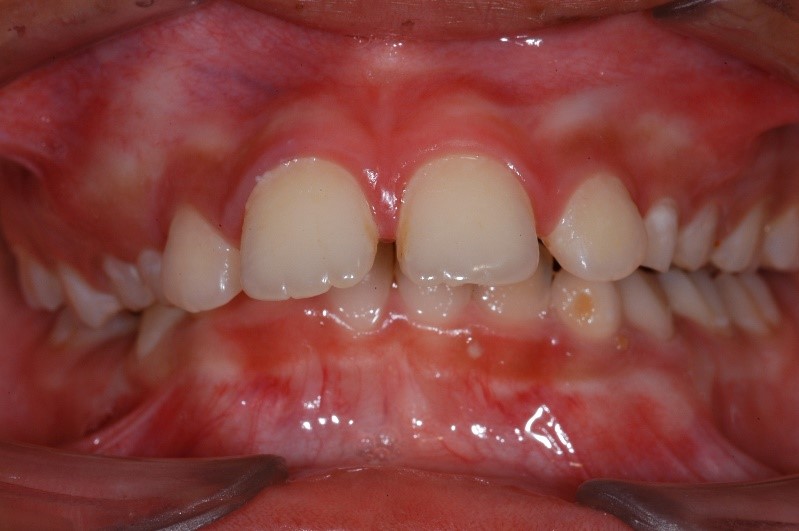

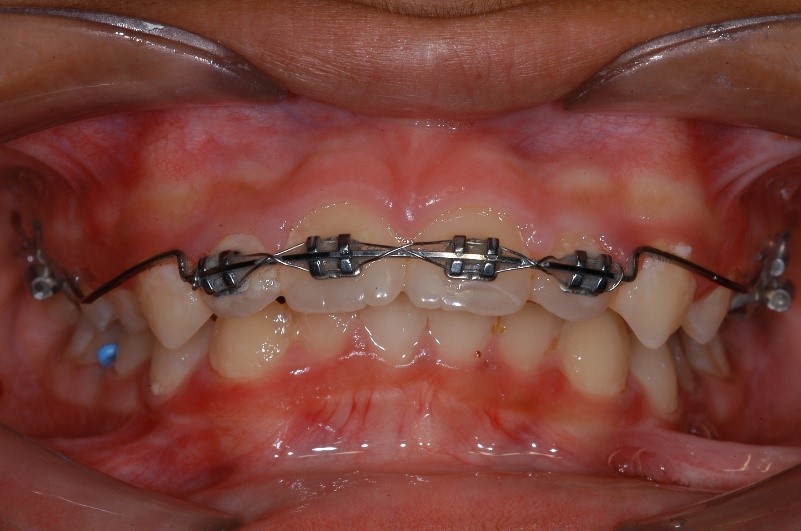
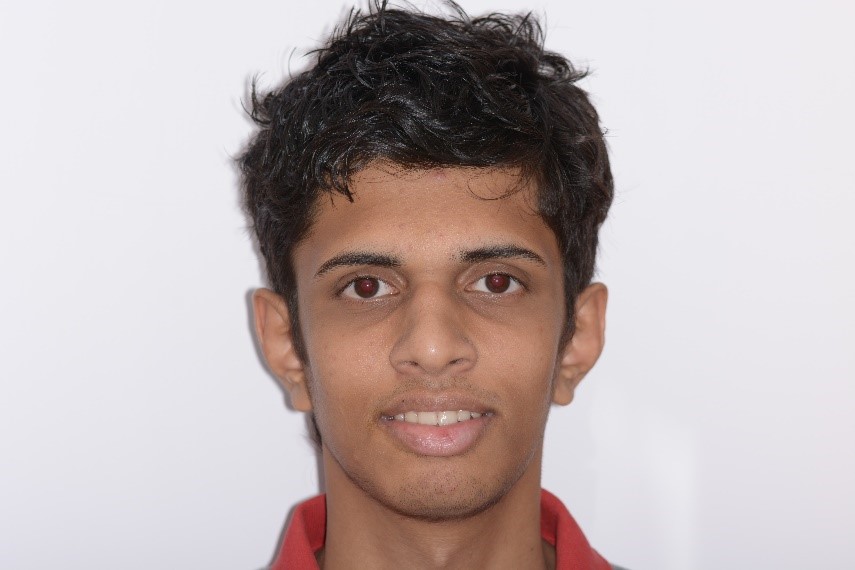
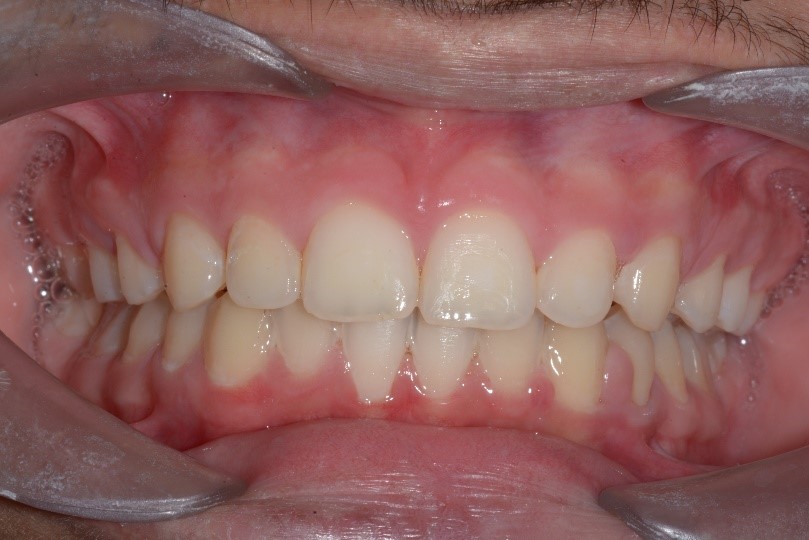
What if I Put off the treatment?
Putting off treatment can result in a need for more invasive treatment later in life that may not completely fix your smile. Early treatment is most effective for achieving lasting results.
Phase I : Your foundation for a lifetime beautiful smiles
The goal of phase one treatment is to help the jaw develop in a way that will accommodate all of the permanent teeth and to improve the way the upper and lower jaws fit together. Children often exhibit early signs of jaw problems as they grow and develop. An upper jaw is growing too much or is too narrow can be recognized at an early age.
If children, over the age of six, are found to have this jaw discrepancy, they are candidates for early orthodontic treatment. Also, if children around the age of 8 have crowded front teeth, early treatment can avoid the need to extract permanent teeth later.
Planning now can save your smile later
Children benefit tremendously from early phase treatment. Receiving early treatment may prevent the removal of permanent teeth later in life, or the need for surgical procedures to realign the jaws.
Making records to determine your unique treatment
Orthodontic records will be necessary to determine the type of appliances to be used, the duration of treatment time, and the frequency of visits. Records consist of models of the teeth, X-rays, and photographs. During your child's initial consultation, your doctor will take records to determine if early treatment is necessary.
Resting Period
In this phase, the remaining permanent teeth are left alone as they erupt. Retaining devices may not be recommended if they would interfere with eruption. It is best to allow the existing permanent teeth some freedom of movement. A successful first phase will have created room for permanent teeth to find an eruption path; otherwise, they may become impacted or severely displaced.
Monitoring your teeth's progress
At the end of the first phase of treatment, teeth are not in their final positions. This will be determined and accomplished in the second phase of treatment. Selective removal of certain primary (baby) teeth may be in the best interest of enhancing eruption during this resting phase. Therefore, periodic recall appointments for observation are necessary, usually on a six-month basis.
Phase II : Stay Healthy and Look Attractive
The goal of the second phase is to make sure each tooth has an exact location in the mouth where it is in harmony with the lips, cheeks, tongue, and other teeth. When this equilibrium is established, the teeth will function together properly. Phase two usually involves full upper and lower braces.
At the beginning of the first phase, orthodontic records are made and a diagnosis and treatment plan established. Certain types of appliances are used in the first phase, to correct and realign the teeth and jaw. The second phase begins when all permanent teeth have erupted, and usually requires braces on all the teeth for an average of 24 months. Retainers are worn after this phase to ensure you retain your beautiful smile.






Treatment for Youth


Adolescents and young adults often have well aligned jaw with maligned teeth are the majority who seek orthodontic treatment and the treatment can be carried out with either metal or clear braces and the duration of the treatment will be 18 to 24 months.


Treatment using Invisalign
Today it is possible to treat children and adults without braces on their teeth using clear aligners. This system not only is esthetically superior but also eliminates the tendency for tooth decay and gum problems that may occur if proper oral hygiene is not matiented during braces wear. For more info, Visit www.invisalign.com
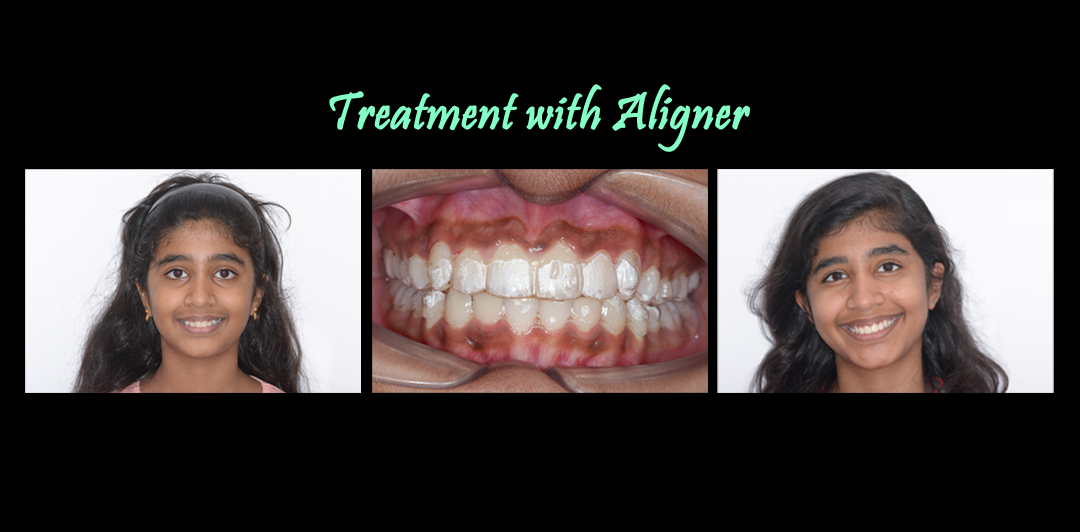

Orthodontic Treatment for Adults
Orthodontic treatment is no longer just for teens; in fact, the American Association of Orthodontists sites that one in five orthodontic patients is over the age of 21! Many adults are choosing to receive treatment because they understand the importance of maintaining their health, and they want to feel better about their appearance. Adults everywhere are taking advantage of the opportunity to receive orthodontic care, and now you can too.
Common reasons why adults are considering orthodontic treatment:
1. A bad bite, or malocclusion, causing teeth to fit together incorrectly.
2. If the teeth are crowded or spaced apart, there is a possibility of causing tooth decay or gum disease.
3. Abnormal pain, or pressure, in the jaw that is caused by crooked teeth.
4. To have a healthier mouth and a more confident smile.
Treatment options for adults
For many adults, the thought of having metal braces is enough to discourage them from receiving treatment. Today's orthodontic treatment options however, offer a variety of braces and appliances that are comfortable, aesthetic, and customized to meet your needs.
Types of braces include:
1. Clear braces
2. Ceramic braces
3. Self-ligating braces
4. Lingual (behind the tooth) braces
5. Invisible braces
6. Traditional metal braces
The difference between adult orthodontics and orthodontics for children and teens:
There are actually not many differences between adult and child orthodontics; however, in children and teens the jawbones are still developing. For adults, these bones have stopped growing, which may mean the possibility of orthognathic surgery, in which the jawbones are surgically aligned.
Other differences include:
1. Gum or bone loss (periodontal disease) — Adults are more likely than children to experience gum recession or even bone loss due to gingivitis or advanced periodontal disease. Patients with straighter teeth are less likely to get gum disease.
2. Worn or missing teeth — Over time teeth can become worn down and shift into different positions that can only be corrected with orthodontic care. Missing teeth can cause other teeth to shift and tilt creating a bad bite and the possibility of getting gum disease.
3. Incomplete orthodontic treatment as a teen — Many adults received some orthodontic treatment as a child or teen, but never completed their treatment. As an adult, they choose to complete their orthodontic treatment to achieve the healthy, beautiful smile they always wanted.
4. Our practice also recognizes that adults and children have different needs, and require a different level of attention and care. We will work with you to ensure that you receive the most appropriate treatments, and that your needs are met with understanding, respect, and full commitment from us.
Why should you consider orthodontic treatment?
Straight teeth are healthy teeth — Teeth that are properly aligned are easier to keep clean with flossing and brushing, and may help prevent other health problems.
A beautiful, straight smile builds confidence — Orthodontic treatment can help boost your self-confidence, giving you a better quality of life and the freedom to smile without holding back!
Mouths left untreated can get worse — Not receiving orthodontic treatment when it's needed can create long-term health issues, and end up costing you more in the end. To learn more about the benefits of adult orthodontics please contact our practice to schedule an appointment. We understand that you have a busy schedule, and we will work with you to make sure each office visit is as convenient as possible.

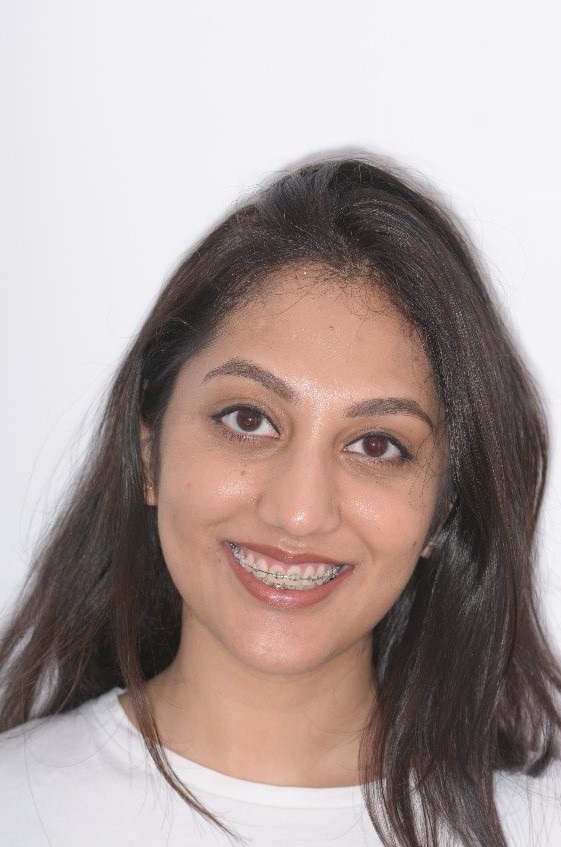
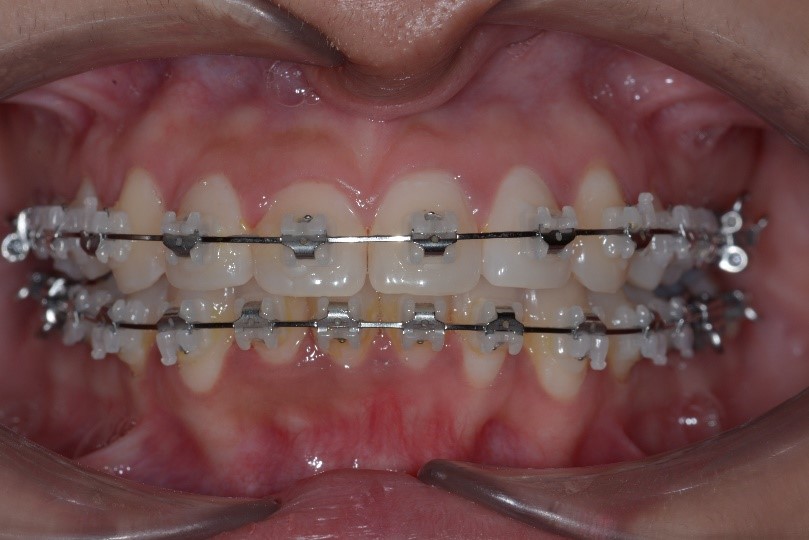
Orthodontic treatment is no longer just for teens; in fact, the American Association of Orthodontists sites that one in five orthodontic patients is over the age of 21! Many adults are choosing to receive treatment because they understand the importance of maintaining their health, and they want to feel better about their appearance. Adults everywhere are taking advantage of the opportunity to receive orthodontic care, and now you can too.
Common reasons why adults are considering orthodontic treatment:
1. A bad bite, or malocclusion, causing teeth to fit together incorrectly.
2. If the teeth are crowded or spaced apart, there is a possibility of causing tooth decay or gum disease.
3. Abnormal pain, or pressure, in the jaw that is caused by crooked teeth.
4. To have a healthier mouth and a more confident smile.
Treatment options for adults
For many adults, the thought of having metal braces is enough to discourage them from receiving treatment. Today's orthodontic treatment options however, offer a variety of braces and appliances that are comfortable, aesthetic, and customized to meet your needs.
Types of braces include:
1. Clear braces
2. Ceramic braces
3. Self-ligating braces
4. Lingual (behind the tooth) braces
5. Invisible braces
6. Traditional metal braces
The difference between adult orthodontics and orthodontics for children and teens:
There are actually not many differences between adult and child orthodontics; however, in children and teens the jawbones are still developing. For adults, these bones have stopped growing, which may mean the possibility of orthognathic surgery, in which the jawbones are surgically aligned.
Other differences include:
1. Gum or bone loss (periodontal disease) — Adults are more likely than children to experience gum recession or even bone loss due to gingivitis or advanced periodontal disease. Patients with straighter teeth are less likely to get gum disease.
2. Worn or missing teeth — Over time teeth can become worn down and shift into different positions that can only be corrected with orthodontic care. Missing teeth can cause other teeth to shift and tilt creating a bad bite and the possibility of getting gum disease.
3. Incomplete orthodontic treatment as a teen — Many adults received some orthodontic treatment as a child or teen, but never completed their treatment. As an adult, they choose to complete their orthodontic treatment to achieve the healthy, beautiful smile they always wanted.
4. Our practice also recognizes that adults and children have different needs, and require a different level of attention and care. We will work with you to ensure that you receive the most appropriate treatments, and that your needs are met with understanding, respect, and full commitment from us.
Why should you consider orthodontic treatment?
Straight teeth are healthy teeth — Teeth that are properly aligned are easier to keep clean with flossing and brushing, and may help prevent other health problems.
A beautiful, straight smile builds confidence — Orthodontic treatment can help boost your self-confidence, giving you a better quality of life and the freedom to smile without holding back!
Mouths left untreated can get worse — Not receiving orthodontic treatment when it's needed can create long-term health issues, and end up costing you more in the end. To learn more about the benefits of adult orthodontics please contact our practice to schedule an appointment. We understand that you have a busy schedule, and we will work with you to make sure each office visit is as convenient as possible.



